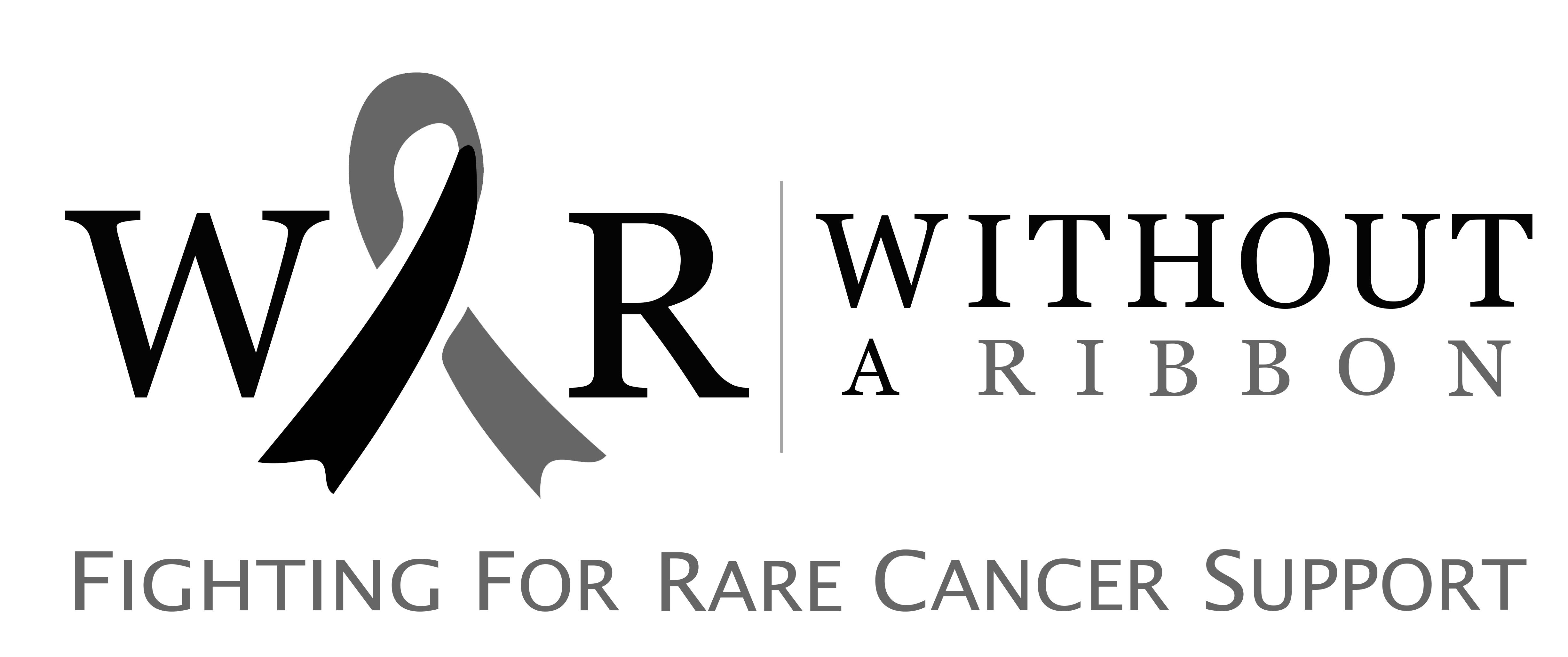What Is Hepatocellular Carcinoma in Childhood?
Hepatocellular carcinoma (HCC) in childhood is a rare and aggressive liver cancer that originates in the hepatocytes, the liver’s main cell type. It is the most common type of primary liver cancer in children, but it occurs much less frequently in children than in adults. Pediatric HCC can be associated with underlying liver conditions such as cirrhosis, chronic hepatitis B infection, and metabolic liver diseases, but it can also arise in children with no known risk factors.
Symptoms
Symptoms of hepatocellular carcinoma in children may vary but often include:
- Abdominal pain or swelling
- A palpable mass in the abdomen
- Unexplained weight loss
- Loss of appetite
- Nausea and vomiting
- Jaundice (yellowing of the skin and eyes)
- Fatigue and weakness
Disease Aetiology (Causes)
The exact causes of hepatocellular carcinoma in children are not fully understood, but several risk factors have been identified:
- Underlying liver disease, such as cirrhosis from any cause
- Chronic hepatitis B or C virus infection
- Inherited metabolic diseases, such as tyrosinemia, Wilson’s disease, or alpha-1-antitrypsin deficiency
- Exposure to aflatoxins (toxins produced by certain molds)
- Genetic conditions, such as familial adenomatous polyposis (FAP) or hereditary hemochromatosis
Diagnosis
Diagnosing HCC in children involves a combination of tests and procedures, including:
- Blood tests to assess liver function and check for tumour markers like alpha-fetoprotein (AFP)
- Imaging studies such as ultrasound, computed tomography (CT) scans, and magnetic resonance imaging (MRI) to visualize the liver and any tumours
- A liver biopsy, where a small sample of liver tissue is removed and examined under a microscope to confirm the diagnosis
Treatment
Treatment options for hepatocellular carcinoma in children depend on the stage of the cancer, the child’s overall health, and whether the cancer has spread. They may include:
- Surgery to remove the tumour, which is the primary treatment when the cancer is localized and the liver function is good. This could include partial hepatectomy or total liver transplantation.
- Chemotherapy to shrink the tumour before surgery or to treat cancer that cannot be surgically removed.
- Targeted therapy and immunotherapy, which are newer treatments that target specific aspects of cancer cells or boost the body’s immune response to cancer.
- Radiation therapy, although less commonly used in children, may be considered in specific cases.
What support can we give for the Hepatocellular Carcinoma in Childhood?
Hepatocellular Carcinoma in Childhood is a rare cancer, meaning it is not as well-known as other forms of cancer. Without a Ribbon is an Australian organisation that provides support for individuals who suffer from rare cancers. So, we provide a designated platform for Warriors to obtain information specific to their Rare Cancer. We also provide annual opportunities for our Warriors to meet and learn from each other. If you suffer from rare cancer such as Hepatocellular Carcinoma in Childhood, we can help and support you through your journey thanks to the generous donations we receive. Click the link below to sign up and become a Warrior today!
You can help us with your donation:
Without a Ribbon is a charity that works hard to aid those who suffer from rare cancers. You can help our cause in a variety of ways:


